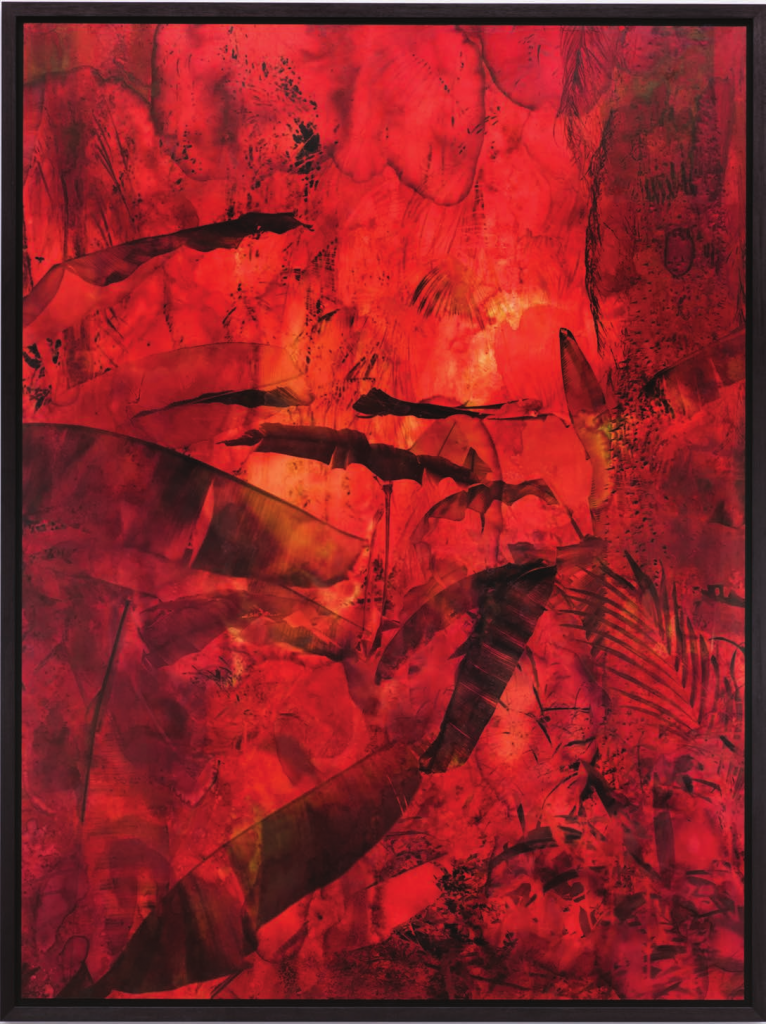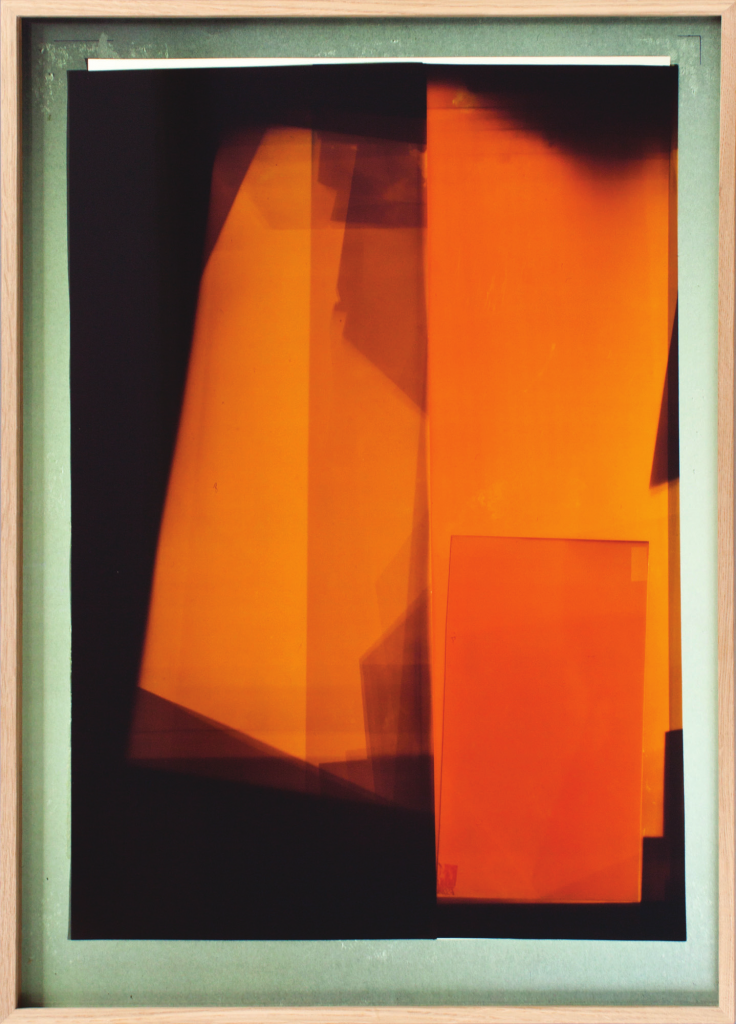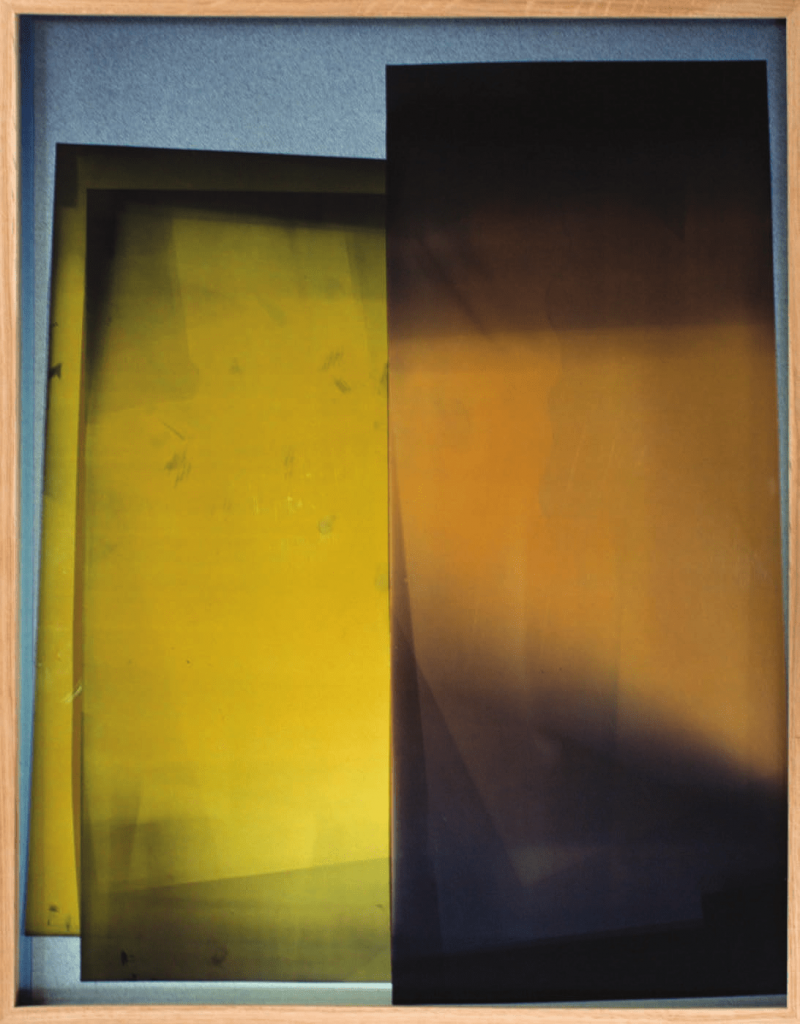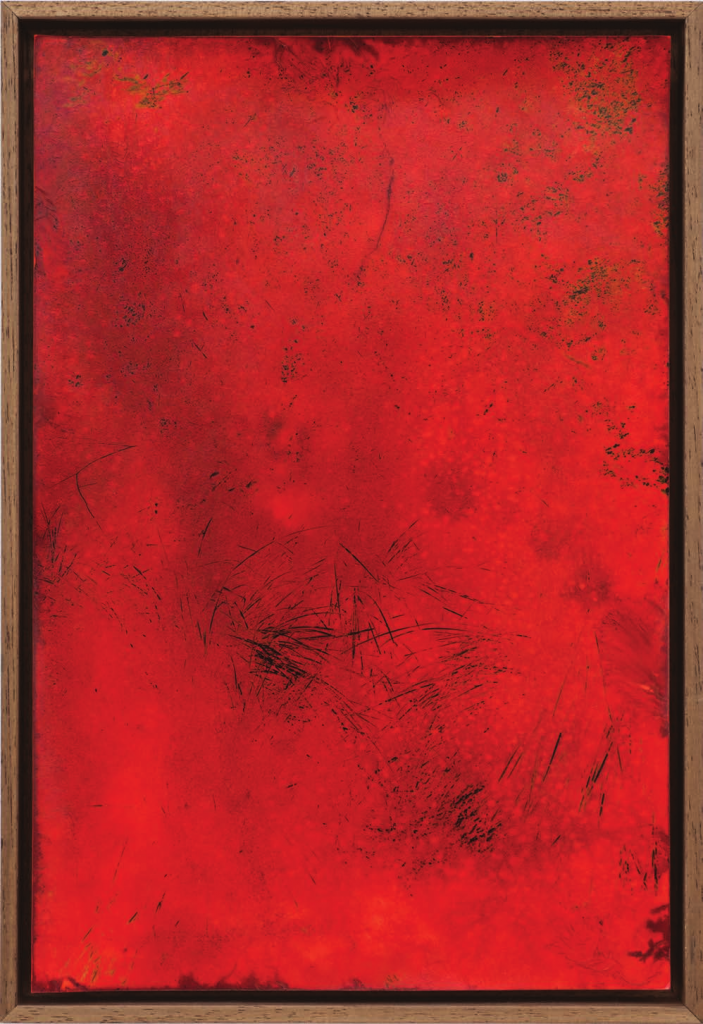Thu Van Tran on Contamination and Colonisation
For its November/December issue, Art Asia Pacific features Thu Van Tran in its cover story. Born in the years following the aftermath of the Vietnam war, Tran arrived in France at two years old as a refugee. In the article, Tran discusses and contemplates the relationship between contamination and colonisation in her works.

At the 2017 Venice Biennale, Tran presented works that explored the history of rubber production in South America and Southeast Asia. The species Hevea brasiliensis, or the rubber plant, was brought to Vietnam from Brazil in the 17th-century by a French sailor. A grafting method was introduced, which led to its cultivation. This era started the violence inside the rubber plantations, where harrowing details about labour abuse surfaced. Tran points at these events as markings of ‘contamination’, that have infinitely stained the native environment and people of Vietnam.
Such imperial narratives are familiar to other places that experienced colonisation in one form or another. Hence, Tran notes that everyone has become a product of contamination from these relations. The imposition of globalisation leaves no room for the pure and untouched, and therefore residing imperfections must be exposed.

In her interview with AAP’s managing editor Chloe Chu, Tran weighs in on her photogram series. She says, “This contact between two different materials can reveal truths via fiction. Photograms, because the receptacle is a photosensitive surface, are like wet ceramic slabs. You can impress objects onto the surface, recording the items as they are. The other thing that is fascinating about photograms is the introduction of light as part of the process. I discovered that when I exposed objects on photosensitive paper, the reactions differed depending on the season and whether it was in moonlight or the very first sunrays in the morning. Lights from celestial sources have powers that we cannot control.”

This statement resonates in Tran’s Photogramme de résidus (2013). The work was exposed to daylight for several months in the artist’s studio. With the chemical colouring of paper, the process produced intense luminosity that formed abstract images. Like codes, hidden among them are the imprints of documents inside the artist’s studio: notes, books, and scraps of paper, which are now part of new material.

In another series, From Green to Orange (2014), Tran used alcohol, rust, and ink as baths to manipulate photographs that captured Vietnam’s jungles. The processes involved were executed in three stages of mark-making: removing shades of green, staining the image, and leaving particles on the surface. The result is a crimson print that suggests a mysterious realm that somehow represents the tragic repercussions of chemical weapons during the Vietnam War.
Thu Van Tran (b. 1979) lives and works in Paris and was nominated for the Marcel Duchamp Prize (2018). In 2021, her works will be presented at the Musée d’Art Moderne et Contemporain de Nice in France and at the Meessen De Clercq in Brussels.
